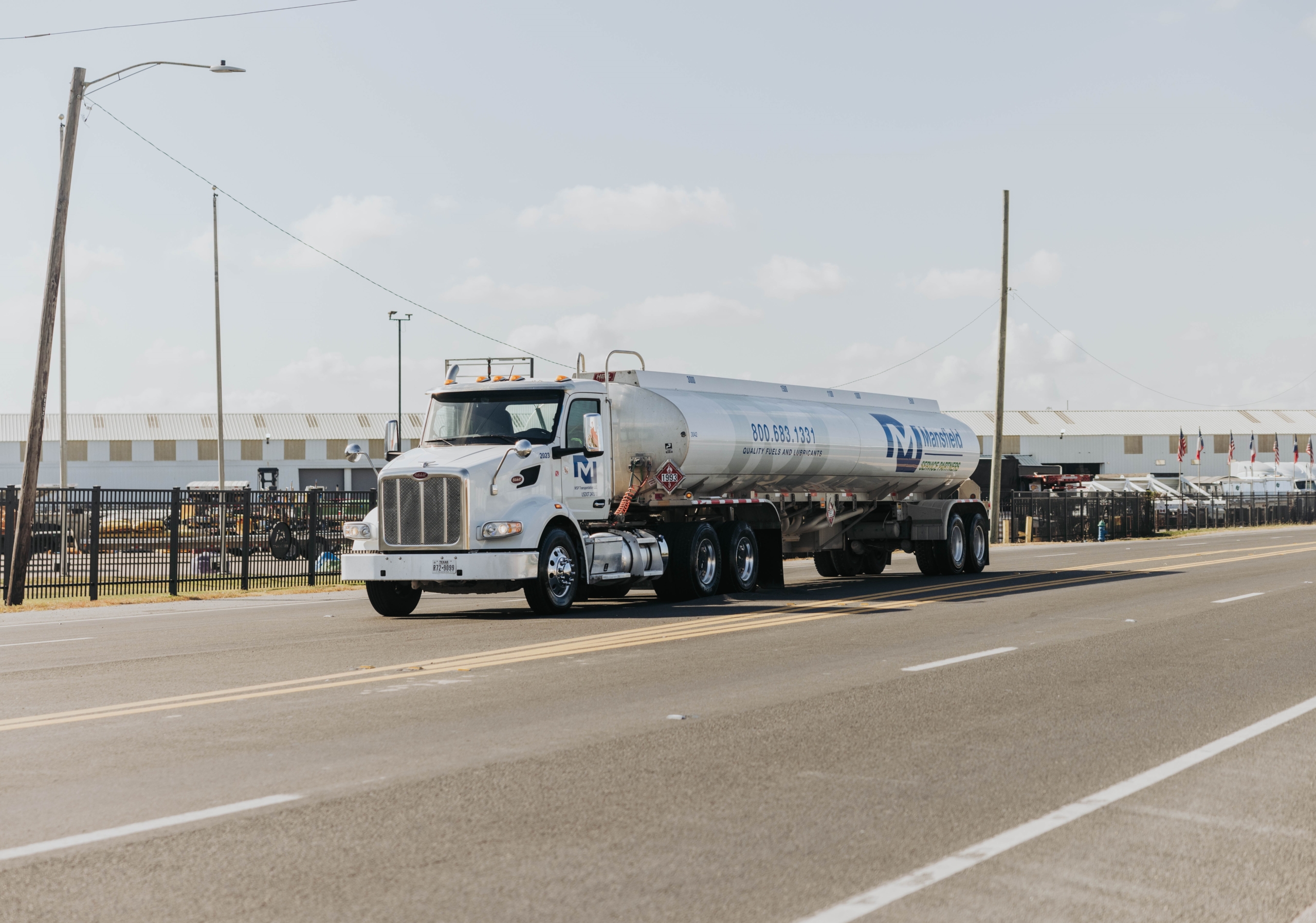
What’s That: Department of Transportation (DOT)
The United States Department of Transportation (USDOT or DOT) stands at the heart of our nation’s mobility, safety, and economic vitality. From highways to rail yards and busy ports, transportation is the invisible engine that keeps our world in motion. Have you ever stopped to think about the role it plays in our daily lives? Whether it’s trucks delivering essential commodities, ships crossing oceans, or trains hauling freight across the country, these modes of transportation power our daily lives in ways we often take for granted.
DOT stands at the heart of our nation’s mobility, safety, and economic vitality. As a cabinet-level agency, the DOT is responsible for overseeing and structuring the country’s vast transportation systems, including highways, railroads, air travel, marine transport, and public transit. Under the DOT, these systems are safe, efficient, and accessible for all Americans.
A Brief History
The Department of Transportation (DOT) was established in 1967 to unify and coordinate the federal government’s broad and often fragmented transportation responsibilities, which had previously been spread across more than 30 separate agencies. President Lyndon B. Johnson signed the Department of Transportation Act into law on October 15, 1966, and officially began operations on April 1, 1967, marking a pivotal moment in U.S. infrastructure history. Today, the DOT oversees functions across air, rail, road, maritime, and pipeline systems, working through agencies such as the Federal Aviation Administration (FAA), Federal Highway Administration (FHWA), and Federal Transit Administration (FTA) to ensure safe and accessible transportation for all.
What DOT Compliance Entails for Fleet Operators?
For fleet operators and transportation coordinators, it’s not just important, but essential to be compliant with the DOT. Compliance means adhering to a comprehensive set of federal regulations designed to ensure the safety, reliability, and legal operation of commercial vehicles and drivers. These are the rules that govern the operation of commercial motor vehicles (CMV). “The main steps businesses should take are maintaining accurate records, training their team on all DOT rules and regulations, and monitoring DOT for regulatory changes,” says Lacey Aycock, DOT Compliance Maintenance Coordinator at Mansfield Service Partners.
Key requirements for DOT compliance include:
- Driver qualification and safety
- Hours of Service (HOS)
- Vehicle inspections and maintenance
- IFTA reporting
- Documentation and record keeping
Software and Systems for DOT Compliance
In the fast-paced transportation industry, technology plays a huge part in streamlining operations and managing even the most complex components. Given how important transportation is to daily life and business, having reliable systems that simplify compliance and logistics is critical.
For commercial drivers, maintaining proper CDL documentation is essential—and that’s where cloud-based driver compliance software comes in. Driver compliance software streamlines the onboarding process by centralizing all components of Driver Qualification (DQ) files. When it comes to routing and tracking, platforms like Samsara support compliance with Hours of Service (HOS) regulations and other key DOT requirements. Recordkeeping and tracking are fundamental components of DOT compliance that cannot be overlooked. That’s why fleet management software is necessary for maintaining compliance and organizing all DOT-related documentation.
What are the Challenges?
Compliance isn’t always straightforward—unexpected challenges can arise, making it essential for businesses to stay ahead of the curve. While regular audits and maintenance help reduce risk, some issues appear without warning. For instance, transportation leaders have raised concerns about the State Driver Licensing Agency (SDLA) being used to downgrade CDLs without notice. Because not all states report these changes in real time, they can be easily missed—leading to serious DOT compliance issues.
On the driver’s side, confusion often stems from miscommunication. Drivers may hear inaccurate information from peers or on the radio, leading to misunderstandings about DOT, FMCSA, or HMR regulations. Ensuring clear, accurate education is key to staying compliant.
Why the DOT Matters
By promoting safety, reliability, and modernization across the nation’s transportation infrastructure, the DOT plays an important role in supporting economic growth and improving the quality of transportation for millions of businesses. For companies in the transportation industry, DOT regulations are essential to maintaining compliance, ensuring safety, and streamlining operations.
At MSP, innovation drives us—we’re committed to harnessing top-tier technology solutions that keep transportation running efficiently and effectively. As the industry evolves, so do we, bringing our partners the advanced tools needed to navigate the road ahead with confidence. We maintain full compliance with DOT standards to provide reliable fuel, DEF, and fleet solutions. Reach out to our team today to discover why MSP is a trusted leader in fuel distribution.


